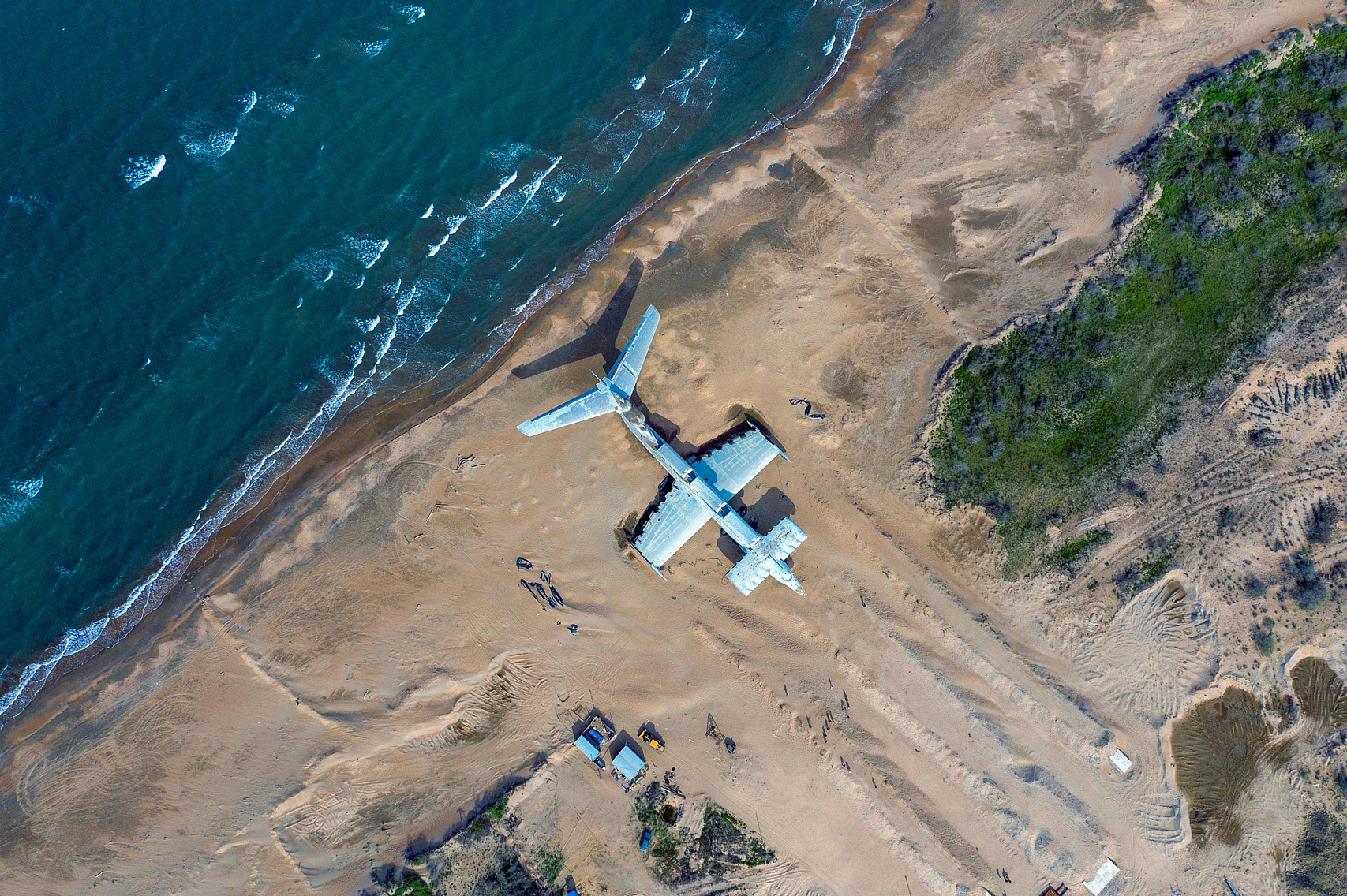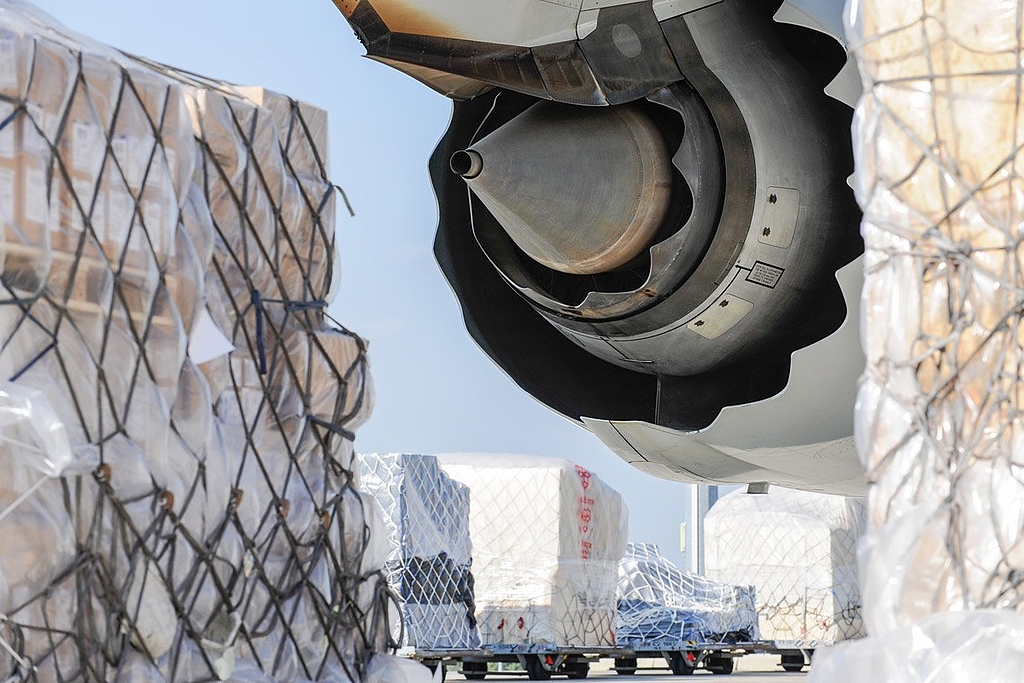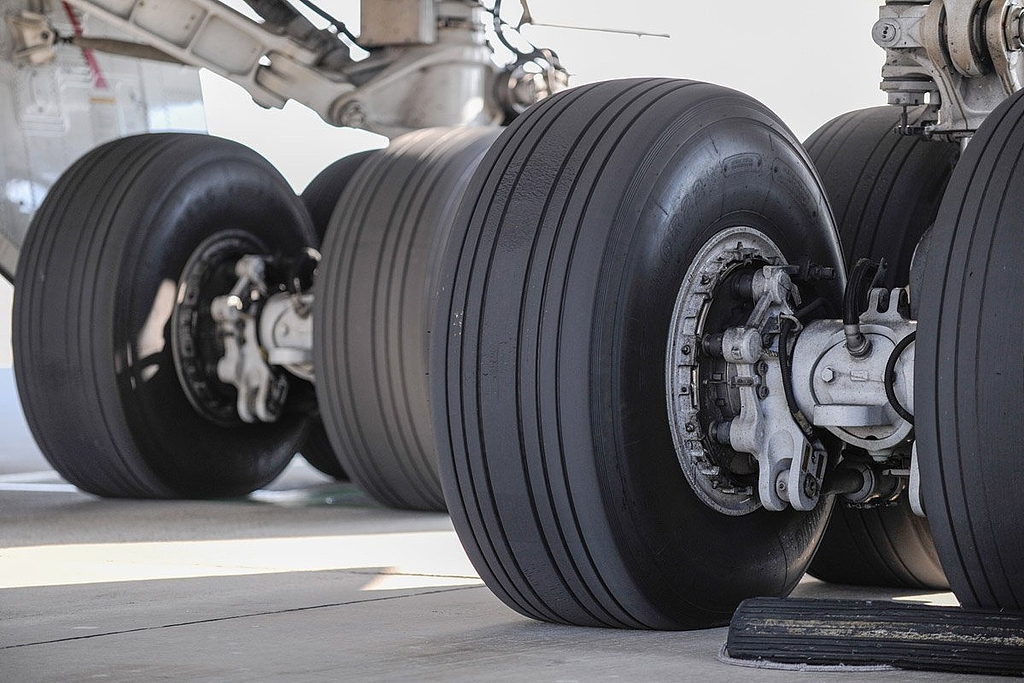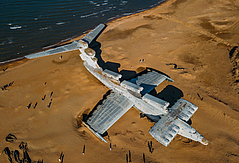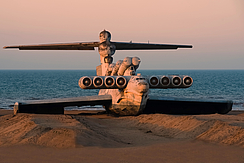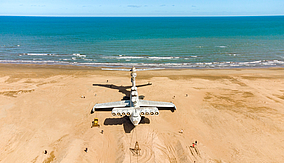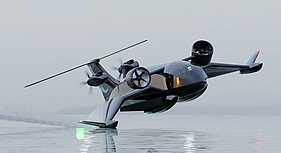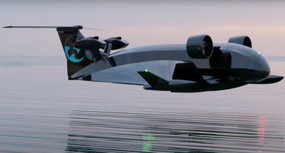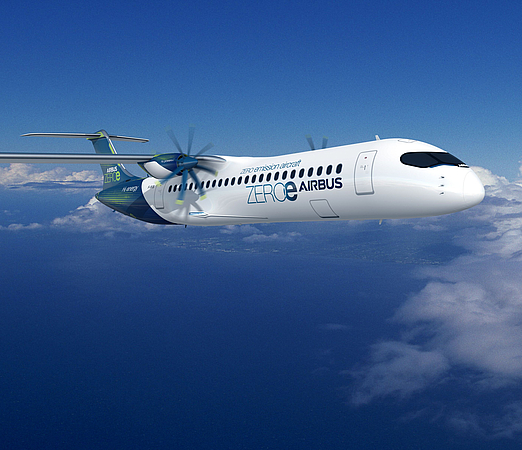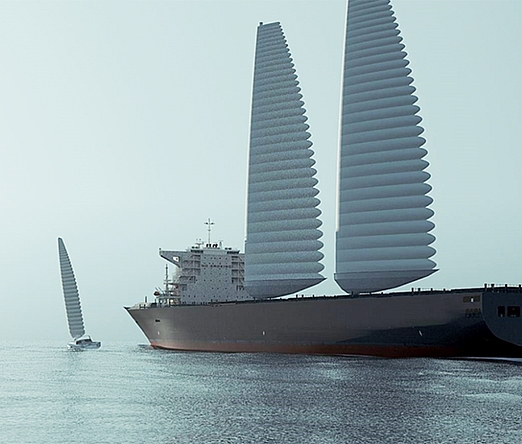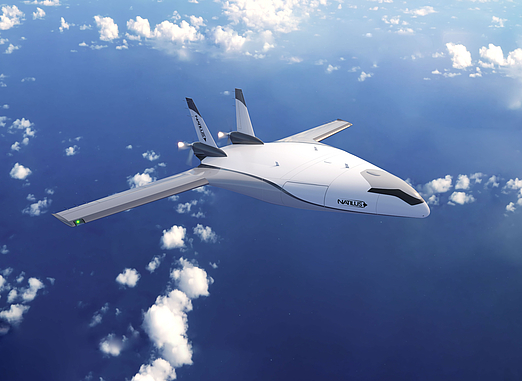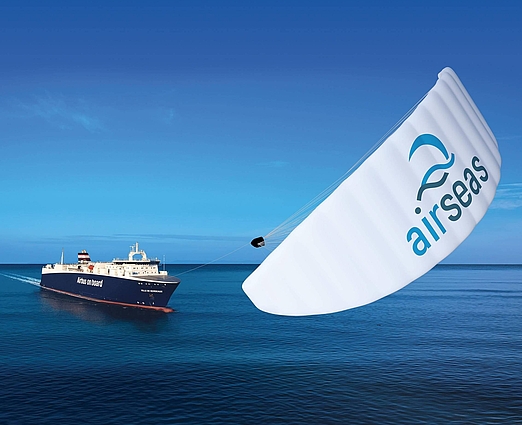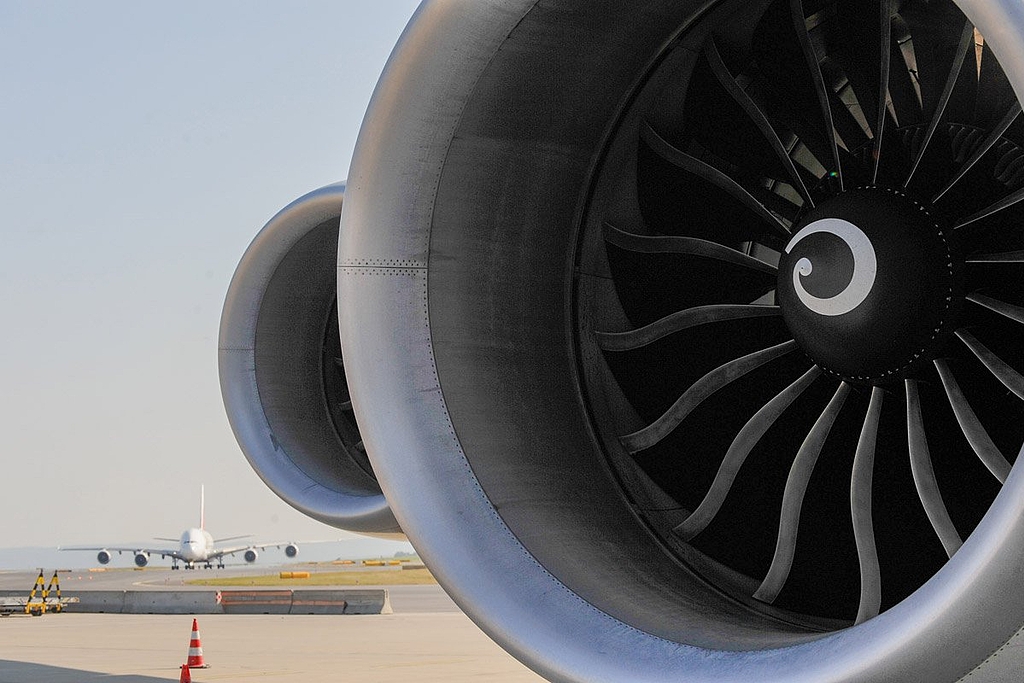Of Sea Monsters and Flying Ships
Float? Fly? Glide!
- Facts
They roar along, just above the surface of the water, carrying people or freight at breakneck speed before lowering themselves back into the water as they reach the coast to pull into port. They look unusual, attracting everyone’s attention, and combine the advantages of aircraft and ships: Here, we are talking about ground-effect vehicles. In the following, we take a look at these exciting vehicles, marvel at sightings of “sea monsters” and explore what potential these “flying ships” could have in logistics.
